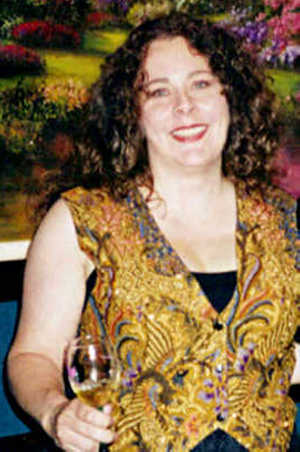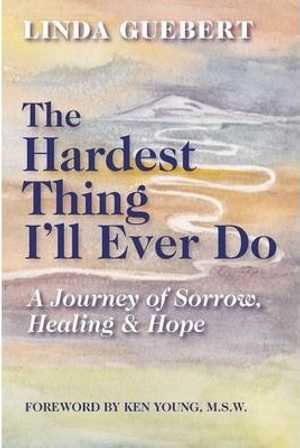- Siri Nelson
Nelson: Explaining Sutter Lakeside's Critical Access Hospital designation and patient transfers
As you probably know, Sutter Lakeside Hospital became a Critical Access Hospital (CAH) back in 2008. What you may not know is why – or what that designation means.
In 2007 and 2008, we were struggling financially and we were considering several options: We could reduce services, we could close programs or we could consider becoming a Critical Access Hospital.
Under the direction of our volunteer board of directors, and with the blessing of our medical staff, we decided to apply for Critical Access Hospital status.
The federal CAH program is designed to provide additional financial support for small rural hospitals.
This option is offered to small rural hospitals of 25 beds or fewer to ensure that critical health care services remain available locally.
Our Critical Access designation allows us to receive significantly higher reimbursement from Medicare for inpatient and outpatient procedures as compared to non-Critical Access hospitals.
Since 2008, Sutter Lakeside Hospital has received more than $16 million in additional Medicare reimbursement due to our critical access status.
Some of you may remember when Lakeside Community Hospital had more than 50 beds. On average, we had between 27 and 30 patients in beds each night since the inception of the hospital in the mid-1940s.
We decided that a 25 bed-count required by the CAH guidelines would be manageable – and we were right.
Part of the reason that 25 beds continues to work for us is that medicine is changing and evolving.
Procedures, such as hysterectomies, that once required a week-long inpatient stay, can now be done safely and effectively as outpatient procedures.
Major abdominal surgeries are being replaced with laparoscopic procedures using video technology, which greatly reduces procedure recovery times.
In addition, hospitals continue to work with our community partners to get patients home sooner with the care they need, whether that is homecare, equipment to help care for patients at home (like walkers and hospital beds), support from hospice, or placement in skilled nursing facilities.
As medicine continues to evolve, the move to more outpatient and home-based care will gain momentum.
This is an exciting time to be a part of health care and witness the change in how we deliver care to the people who need it.
I hear comments from the community about the use of helicopter transfers from our Emergency Department.
The overwhelming reason why we transfer patients out of the area is so that the patient may receive a higher level of care.
This means that the patient being seen in our Emergency Department has a medical condition that needs treatment by a specialist, such as an open heart surgeon, a stroke specialist for brain surgeries or the patient requires a procedure like microscopic hand surgery.
Lake County’s population of 65,000 residents is too small for those high-level specialists to make a living.
For example, a cardiac open heart program needs to do about 300 to 500 procedures a year to ensure the staff and providers working in the program maintain their skills.
The old adage “practice makes perfect” is as true in medicine as it is anywhere else. To do 300 open heart procedures a year requires a population base of about 400,000 people – or six times the number of residents in Lake County.
We have been pleased with the results of becoming a Critical Access Hospital. With the transition to CAH status, we have been able to continue offering our community excellent medical care close to home, and that’s crucial to all of us who live and work in Lake County.
If you have any questions about our CAH status, please write to me at
Siri Nelson is chief administrative officer of Sutter Lakeside Hospital in Lakeport, Calif.





 How to resolve AdBlock issue?
How to resolve AdBlock issue? 



